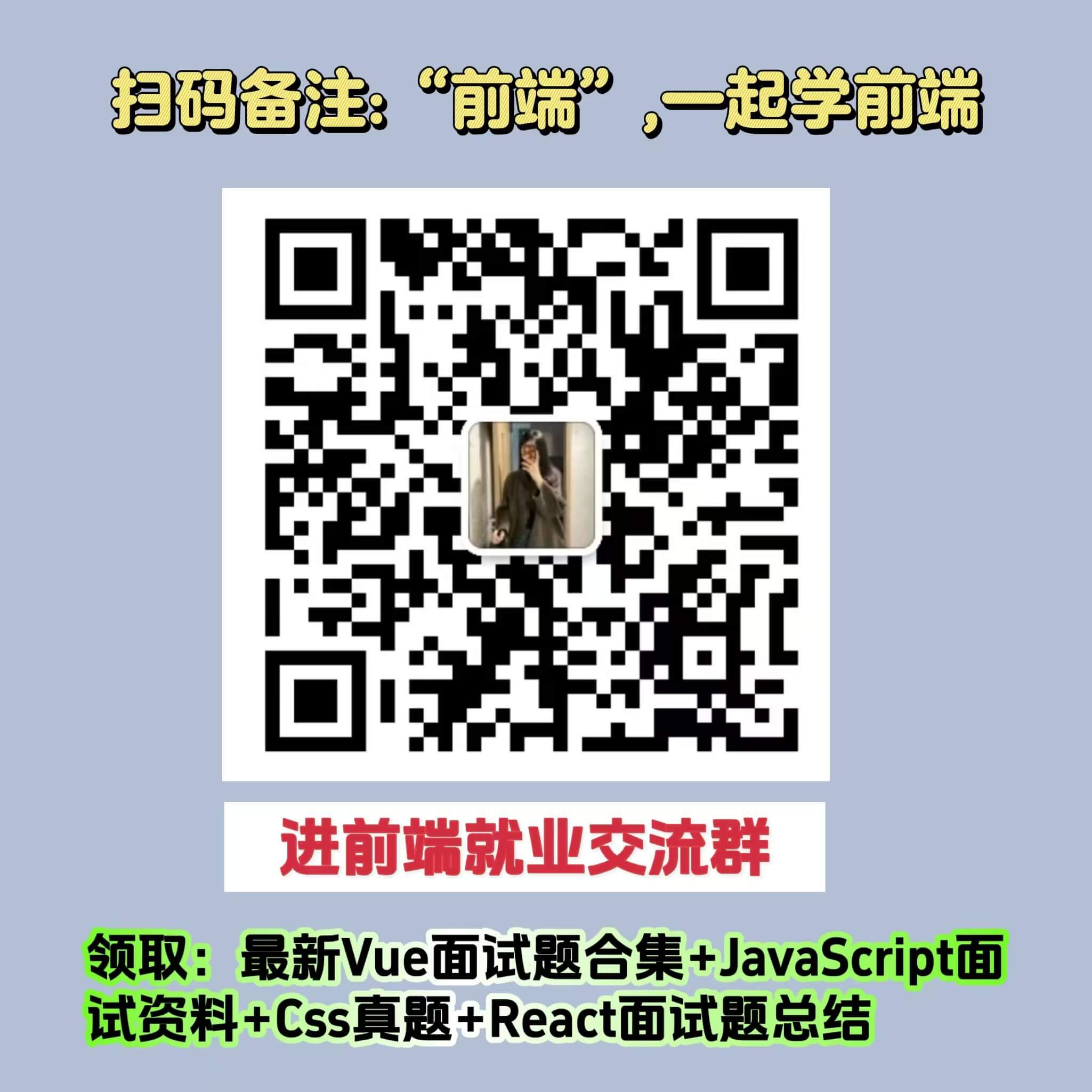自定义元素(Custom Elements)是 Web Components 的一部分,它允许开发人员创建自定义 HTML 元素并且可以在应用程序中重复使用。使用 Custom Elements 可以实现一个高度可复用性的组件,而不用依赖第三方库。本文将介绍如何使用 Custom Elements 实现一个自定义音频播放组件。
Custom Elements 简介
Custom Elements 是一项新的 Web API,它允许开发人员定义自己的 HTML 元素并且可以在应用程序中重复使用。它包含两个主要部分:CustomElementRegistry 和 CustomElement。CustomElementRegistry 允许您定义、删除和检查自定义元素,而 CustomElement 允许您控制每个元素的行为。
Custom Elements API 的核心是 customElements.define() 方法。通过这个方法可以定义一个自定义元素,并指定元素的名称和对应的构造函数。
customElements.define('my-element', MyElement);
上面的代码中,my-element 是自定义元素的名称,MyElement 是对应的构造函数。
自定义音频播放组件
下面,我们将基于 Custom Elements API 实现一个自定义音频播放组件,该组件将包含播放/暂停按钮、时间进度条以及音量控制条。
实现自定义音频播放组件,我们需要完成以下步骤:
- 定义 Custom Element。
- 定义 Custom Element 的样式。
- 实现 Custom Element 的行为。
定义 Custom Element
首先,我们需要定义 Custom Element,并通过 HTML、JavaScript 和 CSS 实现其结构和样式。我们将使用以下 HTML 代码定义 Custom Element:
-- -------------------- ---- ------- --------- ----------------------- ------- -- -- -- -------- ---- --------------------- ---- ----------------- ------- ----------------------------- ------ ---- ----------------- ---- ------------------------ ------ ---- --------------- ------ ------------------- ------------ ------- ------- ----------- ------ ------ ----------- ---------------------展开代码
上面的代码中,我们在页面中定义了一个自定义元素 <my-audio>,而模板代码则存储在 <template> 元素中。在模板中,我们定义了该元素的样式和结构,包括播放/暂停按钮、进度条和音量控制条。
接下来,我们需要通过 JavaScript 实现 Custom Element 的行为。实现 Custom Element 行为的第一步是创建 Custom Element 的构造函数。构造函数将在 Custom Element 添加到页面中时被调用。
-- -------------------- ---- ------- ----- ------- ------- ----------- - ------------- - -------- ----- -------- - --------------------------------------------- ----- --------------- - ----------------- ------------------- ----- ------ ------------------------------------------------ - ------------------- - ----- ------------ - ------------------------------------------------- ----- ----------- - ----------------------------------------------- ----- ------------- - ------------------------------------------------- -- ---- - - --------------------------------- ---------展开代码
上面的代码中,我们创建了 Custom Element 的构造函数 MyAudio,在构造函数中获取了 <template> 元素中的内容,并将其添加到 Custom Element 中。在 connectedCallback 方法中,我们获取了 Custom Element 中的控件,并绑定了相应事件。
定义 Custom Element 的样式
我们已经定义了 Custom Element 的结构,接下来,我们将定义 Custom Element 的样式。我们将自定义元素的样式放在自定义元素 Shadow DOM 的样式中。
-- -------------------- ---- ------- ------- ------------- -- ------------- --------- -- ------------- --------- ------ -- ------------- --------- -- ------------- --------- ------------- -- ------------- ------- -- ------------- ------- ----------------- -- --------展开代码
上面的代码中,我们定义了 Custom Element 的样式,包括 audio-player、controls、progress 和 volume 等部分的样式。
实现 Custom Element 的行为
接下来,我们将实现 Custom Element 的行为。我们需要为 Custom Element 中的控件绑定事件,并实现它们的行为。以下是 Custom Element 行为的实现代码:
-- -------------------- ---- ------- ----- ------- ------- ----------- - ------------- - -------- ----- -------- - --------------------------------------------- ----- --------------- - ----------------- ------------------- ----- ------ ------------------------------------------------ - ------------------- - ----- ----------- - ----------------------------------------------- ----- ----- - --- -------- --------- - ------------------------- ----- ------------ - ------------------------------------------------- ----- ----------- - ----------------------------------------------- ----- ------------- - ------------------------------------------------- -- --------- -------------------------------------- ---------- - -- -------------- - ------------- -------------------------------------- ------------------------------------ - ---- - -------------- --------------------------------------- ----------------------------------- - --- -- ----- ------------------------------------- --------------- - ----- --- - -------------- - ----------------------------------------- - ------------------------ ----------------- - --- - --------------- --- -- ------- --------------------------------------- ---------- - ------------ - ----------- --- -- ------ ------------------------------- ---------- - --------------------------------------- ----------------------------------- --- -- ------- ------------------------------------ ---------- - ----------------------- - ------------------- - --------------- - ---- - ---- --- -- ---- ---------------------------------------- ---------- - ------------------ ---------------- --- -- ---- -------------- - ---------- - ------------------------- - ------- -------------- --------- - --- -- - ---------------------- - ----------------- - - --------------------------------- ---------展开代码
在上面的代码中,我们实现了 Custom Element 的行为。我们为每个控件绑定了相应的事件,实现了它们的行为。其中,我们还实现了 connectedCallback() 和 disconnectedCallback() 生命周期方法。connectedCallback() 方法在 Custom Element 添加到页面中时被调用,disconnectedCallback() 方法在 Custom Element 从页面中移除时被调用。
总结
在本文中,我们介绍了 Custom Elements API,并通过实现一个自定义音频播放组件来演示 Custom Elements 的使用。Custom Elements 不仅能够提高代码的可复用性,还能够提高组件的灵活性和可维护性,是一个值得学习的技术。
来源:JavaScript中文网 ,转载请注明来源 https://www.javascriptcn.com/post/654a385c7d4982a6eb45f29d
